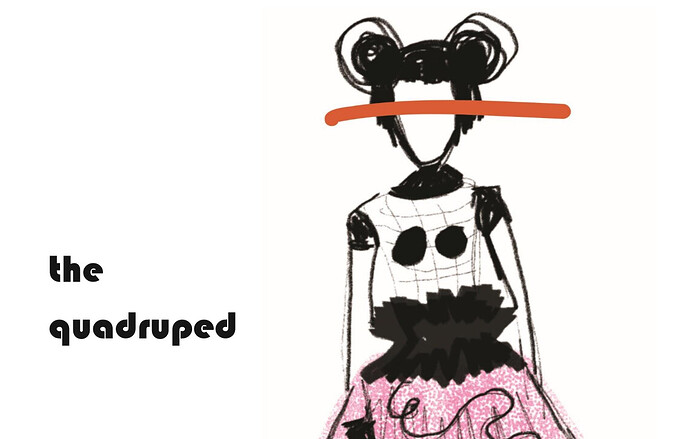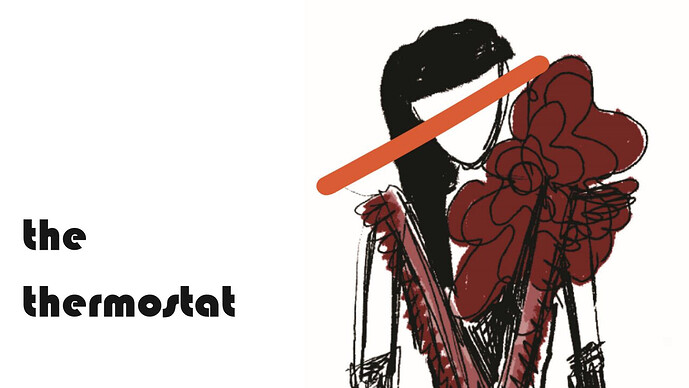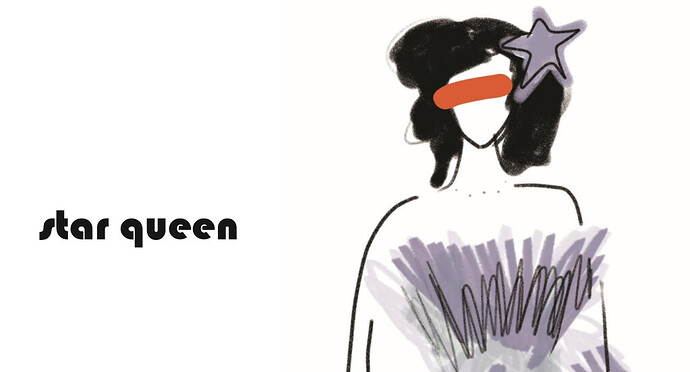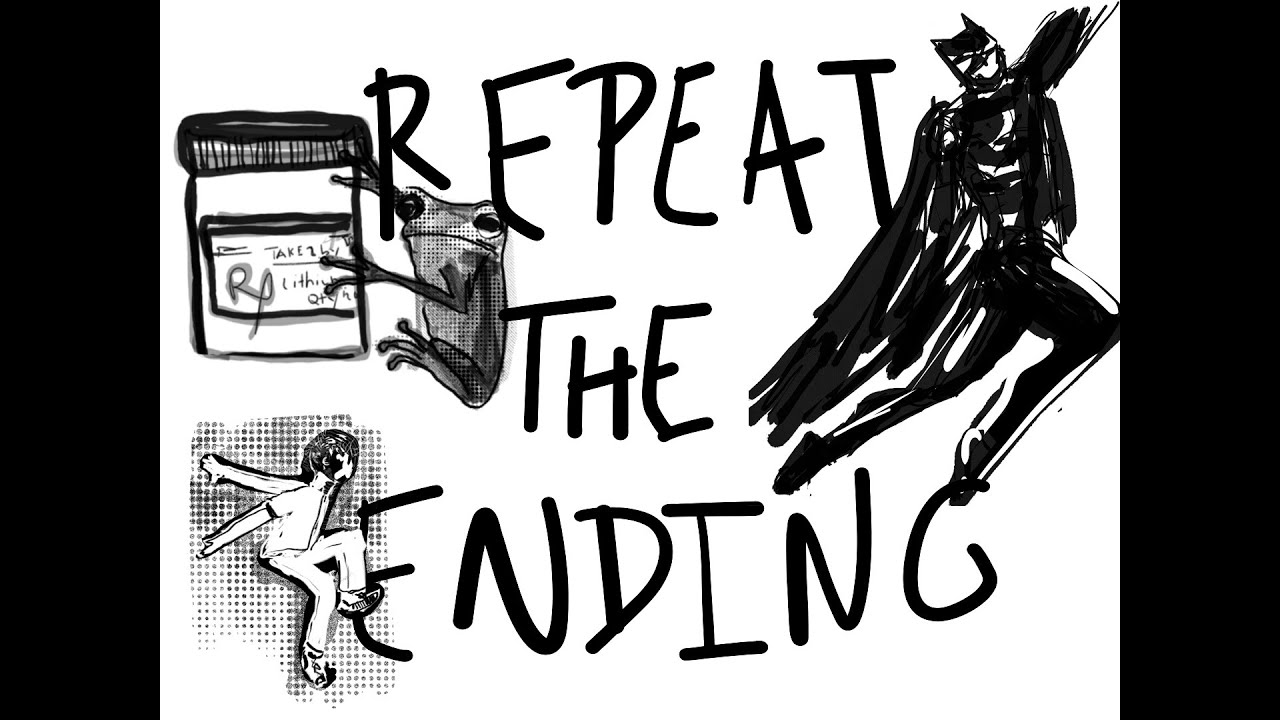Preface: I recognize that some of you may want more specific information about the design, content, or project history. I will answer any questions as best I can, except for those related to interpreting the text. You know what playing RTE is like far better than I ever could.
This will be broken up into a few posts. Feel free to comment at any time.
Thanks very much to everyone who played RTE, supported it, or even just read my posts about it. This has been an amazing experience, thanks to all of you. I am even more indebted to the very kind people who encouraged me to complete this project. I think I would have given up a long time ago if not for them. Testers, too! It’s a long list.
Much was given, and much is owed.
Drew “Drew” Cook
Some Final Thoughts on Repeat the Ending
(Smythe, Searcy, and Cook)
Repeat the Ending : Project Notes
Pauline Searcy, Executive Editor
I first became aware of a game called Repeat the Ending in 2003, when a “transcript” of a long-forgotten 1996 Inform 5 game became a topic of interest in my field, which we presently call “new media studies.” The question I and others had was this: can a record of video game play, be it a film, photograph, or even a narrative account of a play session, be considered a text separate from the game, with its own authorship (the player must share authorial duties and credits, many of us thought), critical and interpretive vectors, and theories of aesthetics and craft? Since that transcript had no corresponding playable game, it seemed an ideal proving ground for these and many other questions.
Since I have always subscribed to a reception-oriented conception of meaning-making, I thought that we, my peers and I, needed to map the contours of the transcript’s unique rhetorical situation. In the case of a transcript or other artifact generated during gameplay, three parties each had a role to play in defining what such a text might “mean.” Certainly, the author had something to do with it, even if critics tend to overestimate their role. The player, too, was an author, since their choices determined what would and would not be part of the record. Finally, a reader would decide for themselves what the text meant to them. Since game narratives were not often interpreted in terms of audience reception in those days (or possibly even now), the 2003 transcript of Repeat the Ending was an opportunity for critics to devise new avenues of inquiry, many of which have broad applications beyond the borders of that game.
As I always do when researching a more or less contemporary text, I contacted the supposed author (Drew Cook) for comments on the transcript. He denied knowing anything about it, though I cannot guess who, if not him, might have published it. In the twenty years since its appearance, no one has stepped forward to contextualize it, let alone claim responsibility for it. The transcript, as we all know, does not match the source code in many places, and it is tempting to say that the transcript is authorially recursive: its murky provenance becomes one of its themes, inseparable from the text. It is of itself, about itself, running toward and away from itself. It obscures problems in the text by either creating or calling attention to other problems.
Critics love these sorts of head games—at least my friends and I do—and we enjoyed the idea of new types of storytelling conveyed in the format of transcriptions and recordings of video games. There are epistolary novels, after all, why not a story told in a record of play? The 2003 transcript became a critical touchstone for me as an example of a text that dramatizes both the authorship and consumption of itself. Occasionally, someone would bring it up in a bit of writing or conversation. For many of us, I don’t think it ever faded from memory.
Things probably could have gone on in that way indefinitely, with me occasionally thinking of Repeat the Ending with a bit of affectionate bafflement before moving on, if I hadn’t gotten myself into a conversation about paratext in digital narratives. That discussion happened one boozy night in after a long day of conference panels in Akron, Ohio. I told my conversation partner—not quite honestly, I admit—that I had an active correspondence with the author of Repeat the Ending, and that we were spit balling a project to release a playable version of the game along with footnotes, as well as critical and historical texts. I presented it as a proof of concept for a series of “critical editions” for more familiar canonical works like Zork and the like. This was not completely true, either. RTE is hardly a means to any end of mine. As the years have gone by, my interest in Repeat the Ending had become increasingly personal. The reasons for that aren’t important. I’ll simply say that I am a person living a life populated by persons, and that I wanted something better and different, not only for RTE, but for D, its protagonist. My life had led me there.
Drew Cook was not hard to convince. In fact, I never needed to convince him at all. I think he had been waiting for someone—anyone, really—to see him refracted through this work, to take him seriously, not as the penitent half of a confessional encounter, but as a capital-A ARTIST. Over the course of several messages and phone calls, we mapped out a project scope and schedule. He would work with C. A. Smythe, a user experience designer, to upgrade the code to Inform 7. This process would include the design of several new usability features, such as tutorials, information management commands, and the like. For my part, I would secure the contributions of two critics that seldom agree, D. S. Collins and A. H. Montague. Along with Smythe and myself, they would contribute annotations and critical responses to the new text of Repeat the Ending.
In addition to editorial duties, I accepted responsibility for curating historical responses to Repeat the Ending over the years. In total, I think those responses reflect changes in the discourse surrounding interactive fiction over twenty-five years. If one thing is missing, it is a critique of reactionary responses to the rise of choice IF in the early teens. I thought and continue to think that Repeat the Ending is a very early example of interactive fiction that resists the “thingification” of fictive worlds. I suppose, given the possibility of future critical IF texts, I was conflict-averse when I really should have been courageous. I’ll say now that, despite its parser design, RTE is more concerned with emotional realities than it is with world modelling. As such, it is allied with games that share similar narrative philosophies, including a great number of choice-based games.
While I was preoccupied with other professional obligations, Cook and Smythe were quite busy. After building the main throughline of the game, they proceeded to devise methods for tracking annotations. They also added to the original text of Repeat the Ending in many ways. Perhaps the most notable change was a self-referential framework for the protagonist to actively rebel against the original text of the game [This is my interpretation. Cook has never explained his intent behind the scoring system.]. A significant amount of code and text were added to support this new narrative tactic. Cook wrote several new endings to the game, based on this framework. In fact, many features were added and subtracted from the core text, and these changes often altered the meaning (or possible meanings) of the story. While I had never envisioned this project as a rewrite, I meant to keep my original promise to Cook as an author. That is, I regarded his work as artistic and him as an artist. I would not intrude or encroach with regard to his freedom as a creator.
Our original plan was to debut Repeat the Ending at the 2021 Spring Thing Festival of Interactive Fiction, but the COVID pandemic interfered with the entire team’s ability to meet deadlines. Some members experienced personal challenges, while others faced serious logistical problems. Whatever the individual cases were, it was not possible to release the 25th Anniversary version of Repeat the Ending on its 25th Anniversary. I suppose the important thing is that it is here at last. Perhaps generous critics will regard it as fashionably late.
Testing and festival feedback was constructive, and the text of RTE has continued to be refined up to the moment of this post-festival (and possibly final) release. Several important updates and artifacts will soon be available via the IFDB page for Repeat the Ending. These can presently be downloaded as a ZIP file from itch.io.:
- Release 3 of Repeat the Ending
- This postmortem document
- A zipped folder of high-resolution images from the game
- ”An Interdimensional Entity’s Guide to Primeoid Fashion” and the 2003 transcript (in one file)
- An all-new 2023 transcript of the updated work
- Release 3 source code
The critical reception of Repeat the Ending has been fantastic—the entire team is very happy with responses to RTE. Will there be more critical editions of interactive fiction texts? It is too early to say, but I doubt anyone would claim that we have not arrived at a viable model.
What else is there? I am grateful to Drew Cook for fully investing himself in this project, and, of course, to Smythe, Collins, and Montague. I also thank my partner for tolerating the many late and long nights hunched over the keyboard that this project demanded.
Pauline Searcy
Conway, Arkansas
(thread: 1/?)




